
 |
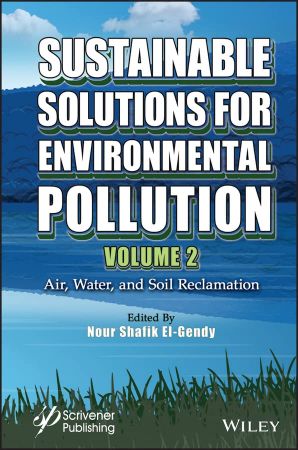 English | 2022 | ISBN: 1119827515 | 567 pages | True PDF | 18.49 MB SUSTAINABLE SOLUTIONS FOR ENVIRONMENTAL POLLUTIONS This second volume in a broad, comprehensive two-volume set, "Sustainable Solutions for Environmental Pollution", concentrates on air, water, and soil reclamation, some of the biggest challenges facing environmental engineers and scientists today.
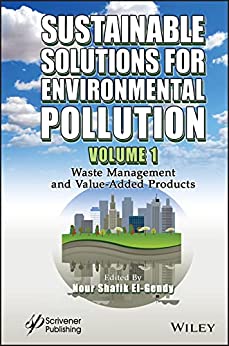 English | 2021 | ISBN: 1119785359 | 512 pages | True PDF | 34.62 MB Environmental pollution is one of the biggest problems facing our world today, in every country, region, and even down to local landfills. Not just solving these problems, but turning waste into products, even products that can make money, is a huge game-changer in the world of environmental engineering. Finding ways to make fuel and other products from solid waste, setting a course for the production of future biorefineries, and creating a clean process for generating fuel and other products are just a few of the topics covered in the groundbreaking new first volume in the two-volume set, Sustainable Solutions for Environmental Pollution .  English | 2022 | ISBN: 0323856268 | 295 pages | True pdf, epub | 12.95 MB Sustainable Networks in Smart Grid presents global challenges in smart metering with renewable energy resources, micro-grid design, communication technologies, big data, privacy and security in the smart grid. Providing an overview of different available PLC technologies and configurations and their applications in different sectors, this book provides case studies and practical implementation details of smart grid technology, paying special attention to Advanced Metering Infrastructure (AMI) scenarios with the presence of Distribution Grid (DG) and Electric Vehicles (EV). 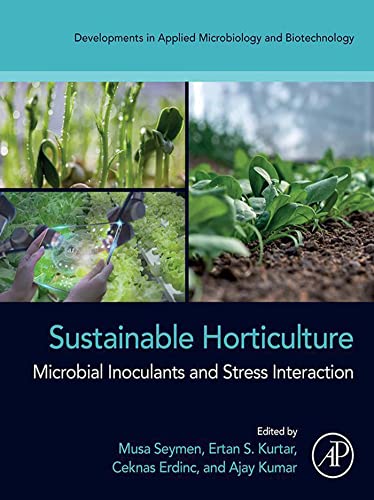 English | 2022 | ISBN: 0323918611 | 524 pages | True pdf, epub | 26.01 MB Sustainable Horticulture: Microbial Inoculants and Stress Interaction gives insights into the applications and formulations of microbial inoculants. In recent years, the optimum yields of horticultural plants largely influenced by rising global temperature, biotic stress (attack of pathogens) and abiotic stresses has created extra pressure for the horticulturalist to meet the need of optimum yield production for the burgeoning global population. However, the challenges of biotic and abiotic stress factors mitigated by traditional physical or chemicals methods include high application cost and adverse impact on quality limit the frequent use, hence the solutions in this book create new avenues for progress.
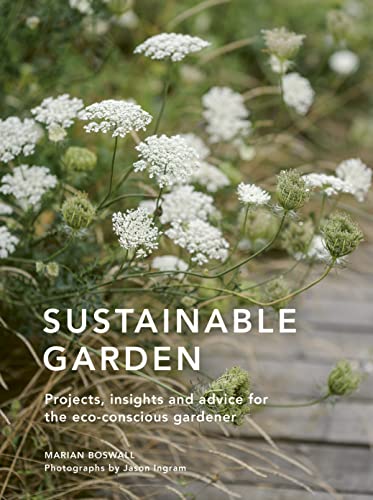 English | 2022 | ISBN: 071126788X | 160 pages | True EPUB | 20.66 MB A stylish, inspirational and practical guidebook to maintaining a more environmentally friendly outdoor space. 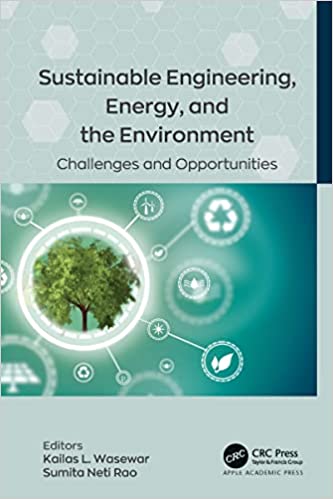 English | 2022 | ISBN: 1774910004 | 584 pages | True PDF | 46.58 MB This book takes a unique interdisciplinary look at the latest developments, advances, and trends in the interrelated areas of sustainable engineering, energy, and the environment, focusing on environmental engineering for renewable and green energy. It looks at new research and studies on a variety of topics in green nanotechnology, green processing and solar energy, sustainable energy policies, biofuels, fuel cells, and much more.
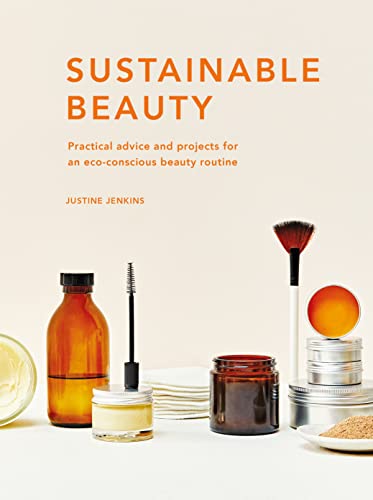 English | 2022 | ISBN: 0711265976 | 160 pages | True EPUB | 9.28 MB Sustainable Beauty is an inspirational and practical guide to living a more eco-conscious lifestyle and maintaining a low-waste beauty routine. 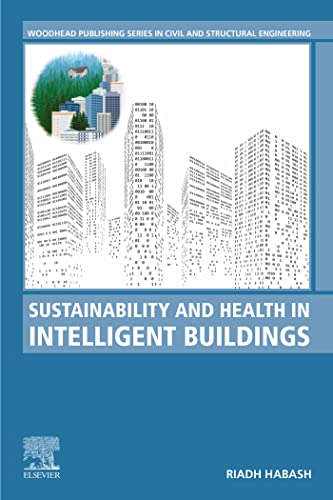 English | 2022 | ISBN: 0323988261 | 286 pages | True pdf, epub | 28.86 MB Sustainability and Health in Intelligent Buildings presents a comprehensive roadmap for designing and constructing high-performance clean energy-efficient buildings, including intelligence capabilities underpinned by smart power, 5G and Internet-of-Things technologies, environmental sensors, intelligent control strategies and cyber-physical security. This book includes a special emphasis on health pandemic resiliency that discusses strong engineering control strategies to respond and recover from infectious diseases like COVID-19. 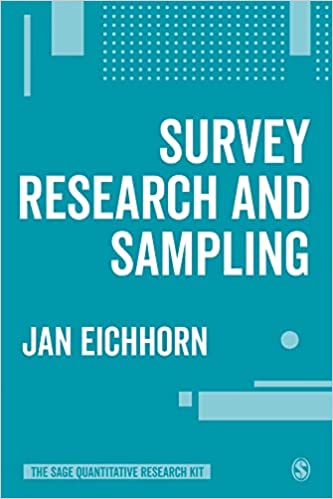 English | 2022 | ISBN: 1526423804 | 143 pages | True EPUB , PDF Conv.| 2.59 MB Part of The SAGE Quantitative Research Kit, This book is an ideal companion for those looking to undertake survey research. Anchored by lots of case studies of real research and expert interviews to strengthen your understanding, it provides guidance on
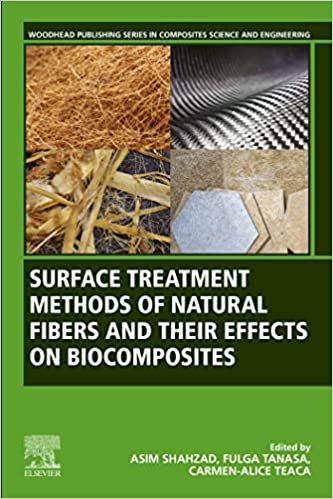 English | 2022 | ISBN: 0128218630 | 258 pages | True pdf, epub | 42.97 MB Natural fiber composites have experienced a renaissance over the last two decades as a response to societal demands for developing eco-friendly, biodegradable and recyclable materials. They are now being extensively used in everyday products as well as in automotive, packaging, sports and the construction industries. These fibers require surface treatments in order to improve their properties and interfacial bonding with polymer matrices, and to reduce their hydrophilic character. These methods can be grouped into three major categories: chemical, physical and biological. Chemical methods use chemical reagents to reduce fibers' hydrophilic tendency and thus improve compatibility with the matrix. They also expose more reactive groups on the fibre surface to facilitate efficient coupling with the matrix. Physical methods change structural and surface properties of the fiber and thereby influence the interfacial bonding with matrices, without extensively changing the chemical composition of the fibers. They are cleaner and simpler than the chemical methods. Biological methods use biological agents like fungi, enzymes and bacteria to modify the fiber surface properties. These methods are not toxic like chemical methods and are not energy-intensive like physical methods. |